Issues of packaging, food waste and sustainable practices are complex. At Good Food, we are trying to find realistic solutions to the problem of food waste and packaging generated by our test kitchen and members of the team are taking on green challenges at home.
Find out the main things we’ve learned with some realistic suggestions for how you can reduce your own household food waste. If you only do one thing – try not to buy too much, and when you choose produce, don’t overlook the wonky fruit and veg. We’ve also got plenty of ideas for how to use your leftovers.
Where food is wasted
- Misshapen, marked, discoloured or oddly sized fruit and vegetables that don’t meet the standards of the marketplace (up to 20-40%) are thrown away before even leaving the farm.
- Some food goes off when transported.
- Offcuts and foods past their use-by dates are binned by both retailers and by us at home. (In developed countries, this kind of waste is the greatest proportion of food lost.)
- Cooked, uneaten food is binned.

How we can waste less food
- We should eat all shapes and sizes: ‘Ugly’ fruit and veg is sold by box schemes like London-based Oddbox who also give their surplus to food banks via City Harvest and wonkyvegboxes.co.uk do something similar in the Leicestershire area.
- Companies can use ‘ugly’ fruit and vegetables in their products: Imperfect fruit and veg is used in drinks, jams, chutneys, hummus and snacks by companies such as Rubies in the Rubble, Waste Not, Rejuice, Snact, ChicP, awesomedrinks.com, Dash Water and more.
- We should use it to make other resources: An increasing amount of food waste is being sent to be composted – so it’s put back into the soil – or to anaerobic digestion facilities where it is broken down and converted into gases, creating a source of renewable energy.
According to the latest figures from WRAP, by weight, household food waste makes up around 70% of the UK post-farm-gate total. They estimate that by cutting food waste each household could save up to £700 per year as well as making less waste.
Top 5 ways to cut down on food waste
- Don’t over buy. Keep track of what you’ve bought and used. WRAP suggests taking a ‘shelfie’ – a photo of your fridge and cupboards to remind you of what’s there.
- Check the use-by dates of fresh food when you buy it. These are the dates to take notice of, rather than the best-before dates. Only buy what you can use before it expires.
- Plan ahead. Think about what you’re going to cook and how you’ll use the leftovers.
- Get to know your grocer. They will have plenty of advice on how to use up leftover veg.
- Love your freezer. Use your weekends to batch-cook and freeze. There are plenty of freezing tips in our guide.
You can also consider home composting.
How we’re tackling food waste at Good Food
We test around 80 recipes a month as well as making videos and taking pictures of food and products that come in all sorts of packaging, and we also make waste as we cook.
To tackle this, we eat all of the food that comes out of the test kitchen within the company, so when we talk about waste, we mean peelings, offcuts and – on the rare occasion that a recipe goes horribly wrong and is inedible – a complete dish. Each Friday staff take unused ingredients home and we challenge our cookery assistant Liberty to make lunch using as many leftovers as possible.

Here’s how our magazines editor got on when challenged to reduce his household food waste over two weeks…
How I reduced food waste
Keith Kendrick, magazines editor: “As a dad and a foodie, I’m used to cooking family meals. I batch cook the kids’ meals, but prefer to cook on a whim for my wife and me. We normally throw out three small caddy-sacks of food waste a week. My strategy was two-fold: planning meals and creative use of leftovers.”
Week one
“I wrote out two plans for the week – one for kids, one for adults – and ordered lots of ingredients. At the weekend, I cooked the kids’ weeknight meals, plus a dozen jars of soup for my wife and me to take to work. Ever tried roasting a whole cauliflower, stalks and all, then blitzing it with coconut milk and spices? Delicious! I used the stalks of kale and broccoli, too – lovely when roasted with Marmite. Our Sunday chicken provided enough leftovers to make a curry, a salad and sandwiches for the kids. We still had a fair bit of waste, but none of it could’ve been eaten.”
Week two
By week two, we had a rhythm – whatever my kids didn’t finish for dinner, my wife had for lunch the next day. The problem? She wasn’t eating the soups I had so lovingly prepared! I thought about freezing them, only my freezer was already full. It was time for an inventory. I took everything out, which provided the meals for the week. Overall, there were only two disasters: a lasagne declared ‘inedible’ by my wife, and a vegan, gluten-free pie that tasted like plasterboard – a total of 263g of food that we could have eaten. All other waste was unavoidable, and we went from three caddy-sacks to two per week.
The verdict
A success… sort of. Planning was fun, and knowing that 96% of what we threw away was unavoidable made me feel good. However, as a spontaneous cook, it was stifling to plan meals so far in advance. The way forward for us is balance – planning the kids’ meals ahead, with more educated portion sizes, and deciding on the day what my wife and I fancy for dinner, with one eye on the leftovers.




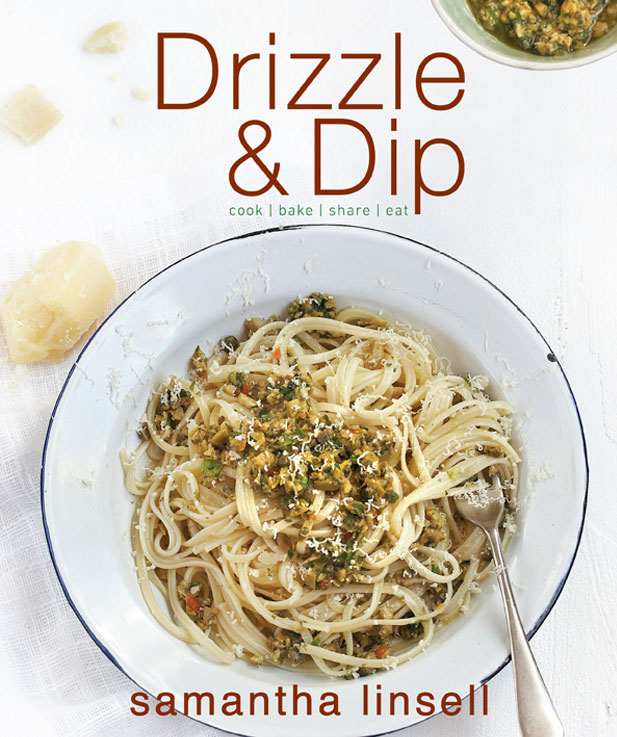
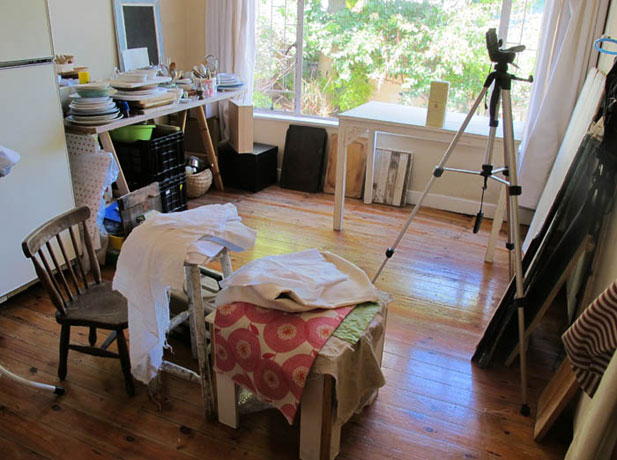 3. Consider the mood you want to create in the shot
3. Consider the mood you want to create in the shot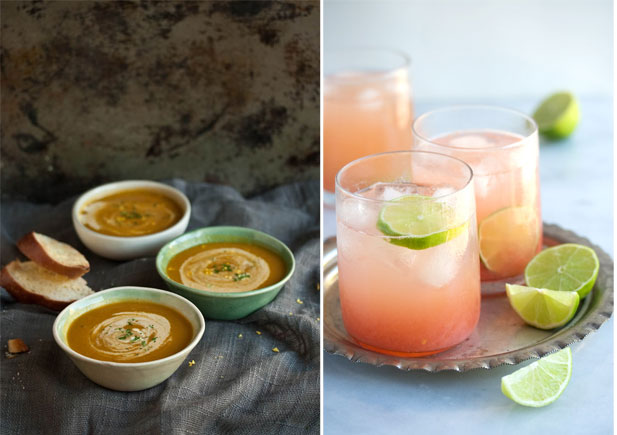 4. Subject placement
4. Subject placement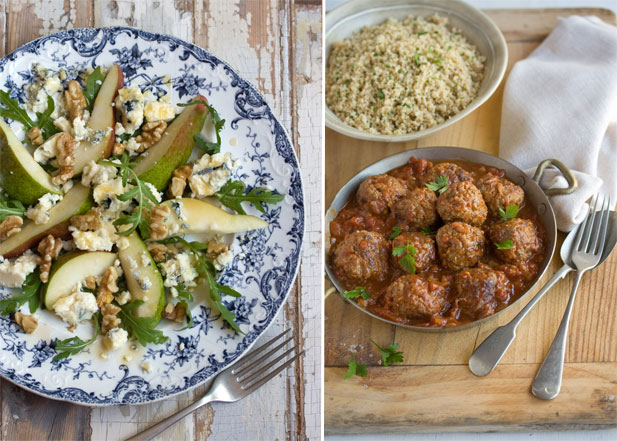 5. Depth of field
5. Depth of field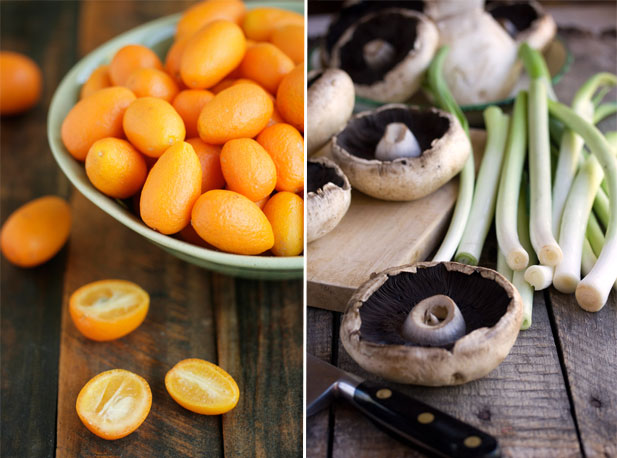 6. Choose your perspective and angle
6. Choose your perspective and angle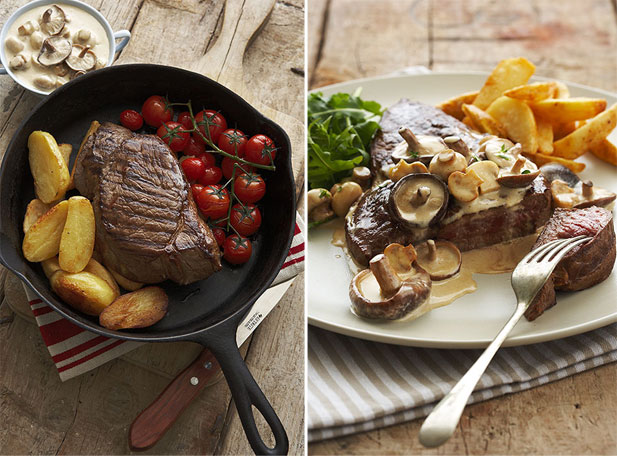 7. Plan your props and garnishes
7. Plan your props and garnishes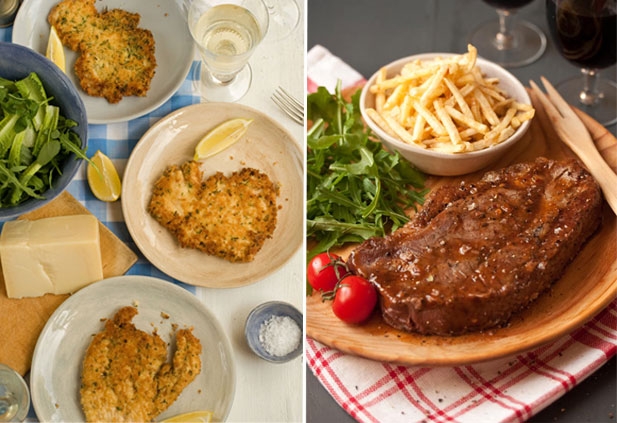 8. Colour
8. Colour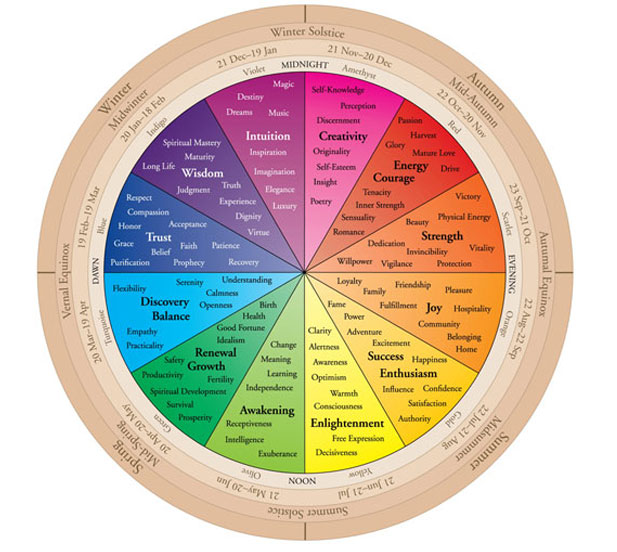 9. Create texture in your food
9. Create texture in your food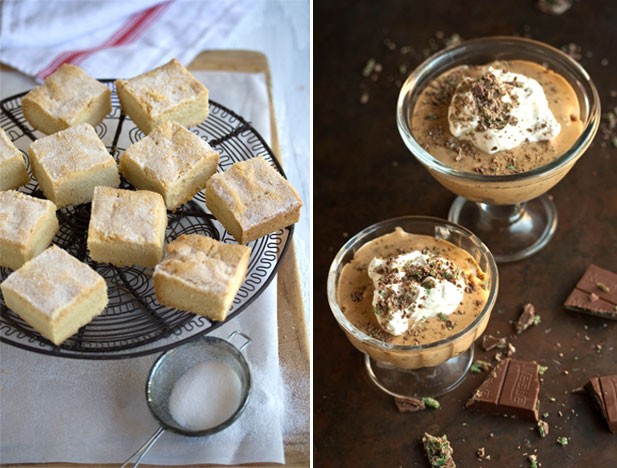 10. Practice
10. Practice



